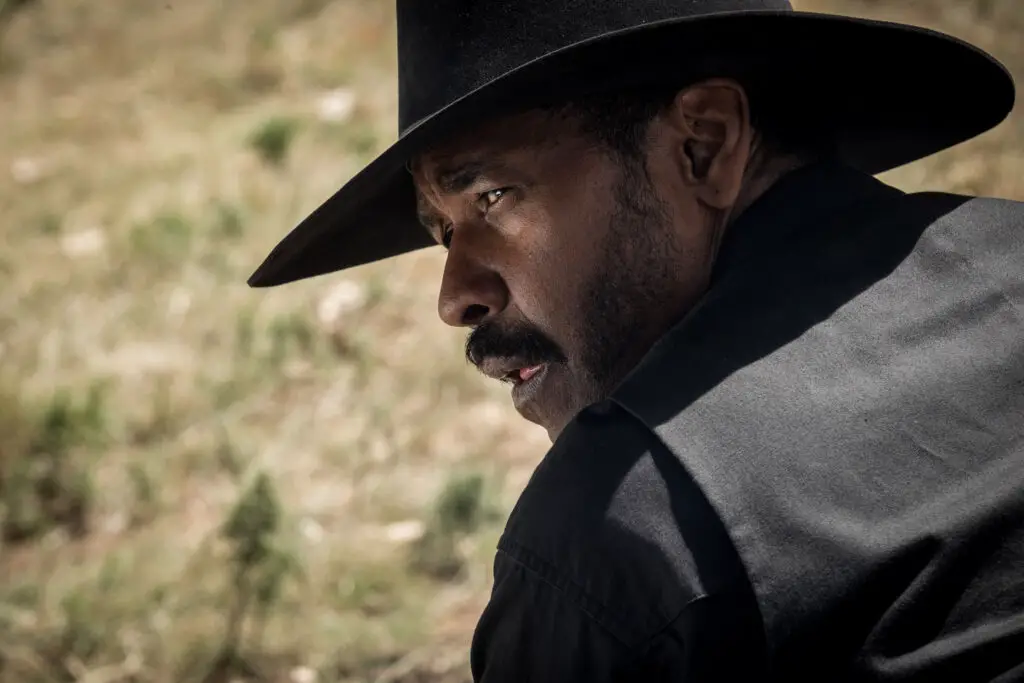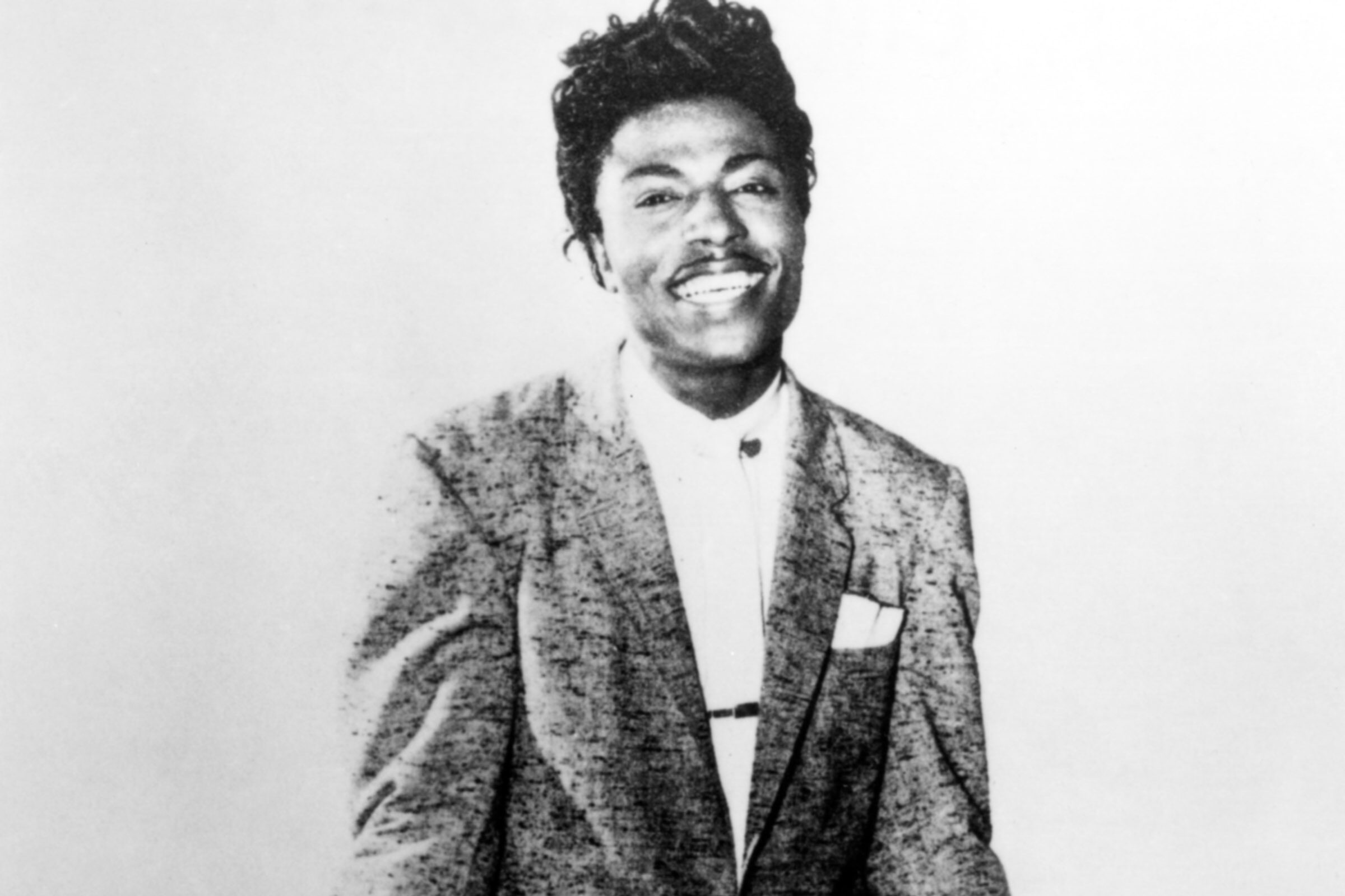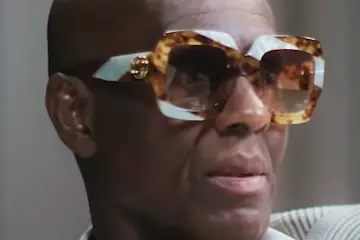1. The Cowboy Culture of the Wild West

When most people think of cowboys, they picture John Wayne or Clint Eastwood, but the truth is that Black cowboys played a huge role in shaping the Wild West. After the Civil War, an estimated one in four cowboys was Black, yet their contributions have been largely erased from mainstream history. These men—many of them formerly enslaved—became skilled cattle drivers, ranchers, and even lawmen. Bass Reeves, for example, was one of the most feared U.S. Marshals in history, arresting over 3,000 criminals. Black cowboys also helped shape rodeo culture, with pioneers like Bill Pickett, who invented the bulldogging technique still used in rodeo competitions today. Their legacy lives on in events like the Bill Pickett Invitational Rodeo, which celebrates Black cowboy history. Even country music has traces of their influence, as Black musicians played a role in shaping early blues and country sounds says Essence.
Despite their importance, Black cowboys were often left out of Hollywood’s Westerns, making it seem like the Wild West was a whites-only frontier. In reality, Black cowboys fought against outlaws, tamed wild horses, and helped settle the frontier just like their white counterparts. Today, organizations like the Black Rodeo Association keep their history alive, reminding the world that the cowboy life was never just for one race. Modern country artists like Kane Brown and Beyoncé’s “Texas Hold ’Em” nod to this legacy, further proving that cowboy culture isn’t monolithic. Shows like Yellowstone and The Harder They Fall have finally started portraying Black cowboys more accurately. Whether through music, fashion, or film, the mark of Black cowboys on American history is undeniable.
2. The Origins of Rock and Roll

Rock and roll is often associated with artists like Elvis Presley and The Beatles, but its roots run deep in Black culture. Long before rock became mainstream, Black musicians were blending blues, jazz, and gospel to create the foundation of the genre. Chuck Berry, Little Richard, and Sister Rosetta Tharpe all helped shape the sound that later defined rock music. Sister Rosetta Tharpe, in particular, was playing electric guitar with the kind of raw energy that became a rock staple before the term even existed explains Women’s World. Her influence on later artists, including Johnny Cash and Jimi Hendrix, is undeniable. But as rock became more profitable, record labels prioritized white artists, leading to the erasure of Black pioneers. Elvis, often called the “King of Rock and Roll,” was heavily influenced by Black musicians, but their contributions were downplayed.
Even though the industry shifted, Black artists never stopped innovating. Funk, punk, and even heavy metal have deep roots in Black musical traditions. Bands like Living Colour and Bad Brains pushed rock in new directions, proving that the genre was never just one thing. Today, artists like Lenny Kravitz and Gary Clark Jr. continue to carry the torch, reminding fans of the genre’s true origins. Music festivals and documentaries have also helped to highlight the Black architects of rock. While mainstream history may have rewritten the narrative, the impact of Black musicians is undeniable. Without them, rock and roll as we know it wouldn’t exist.
3. The Skateboarding Scene

Skateboarding might seem like a sport dominated by white athletes, but Black skaters have been influencing the culture for decades. In the ’70s, when skateboarding was gaining mainstream attention, Black skaters were already pushing the limits of style and technique. Despite facing racism at skate parks and competitions, they made their mark with innovative tricks and bold creativity. One of the most influential Black skaters, Ray Barbee, was known for his smooth, freestyle moves that changed the way people approached skating. Over time, Black skaters carved out their own space, bringing fresh perspectives to the sport. Their impact wasn’t just about tricks—it was about fashion, music, and attitude, all of which have been absorbed into mainstream skate culture.
Hip-hop and skating eventually became deeply connected, with rap music blasting from skate parks and shaping the rebellious spirit of the scene. Brands like Supreme and Nike SB owe much of their aesthetic to Black culture, from baggy pants to graffiti-inspired designs. Today, skaters like Nyjah Huston dominate competitions, proving that Black skaters are at the top of their game. More importantly, grassroots organizations have emerged to support young Black skaters, ensuring that the next generation has access to the sport. Even as skateboarding heads to the Olympics, its roots in counterculture remain, and Black skaters continue to push the boundaries.
4. The World of High Fashion

Luxury fashion has long been seen as an exclusive, mostly white industry, but Black culture has shaped it in ways that can’t be ignored. From the bold streetwear influence of the ’90s to today’s high-fashion collaborations, Black creativity has transformed the industry. Designers like Dapper Dan pioneered the luxury streetwear aesthetic, remixing high-end brands with hip-hop influences before mainstream fashion caught on. He dressed legends like LL Cool J and Salt-N-Pepa, proving that style didn’t have to come from Paris to be high fashion. Even though major fashion houses initially rejected his work, they later embraced his designs, leading to collaborations with Gucci.
Beyond design, Black culture has changed the way people think about fashion itself. The oversized silhouettes, bold prints, and sneaker culture that dominate runways today all have roots in Black style. Supermodels like Naomi Campbell broke barriers, proving that Black beauty belonged on the world’s biggest stages. Rappers like Kanye West and Pharrell Williams turned their music influence into fashion empires, bridging the gap between street style and high fashion. Today, Black designers like Virgil Abloh, Telfar Clemens, and Kerby Jean-Raymond are redefining what luxury means. The fashion industry has a long way to go in giving credit where it’s due, but Black culture’s influence is impossible to ignore.
5. The Craft Beer Industry

Craft beer might seem like the ultimate hipster thing, but Black brewers have been making waves in the industry for years. Historically, beer brewing in America has been dominated by white-owned companies, but Black brewing traditions go back centuries. In Africa, brewing beer was often a community-driven craft, and those traditions carried over through generations. Despite systemic barriers, Black brewers have carved out their space, bringing unique flavors and styles to the industry. Today, breweries like Crowns & Hops and Harlem Brewing Company are pushing for diversity in an overwhelmingly white field. They’re not just making beer—they’re creating spaces where Black culture and brewing can thrive together.
Beyond the breweries, Black-owned beer festivals and social movements are working to make craft beer more inclusive. Organizations like Black Brew Culture highlight Black brewers, helping them gain visibility in an industry that hasn’t always been welcoming. Even the flavors in some Black-owned brews nod to cultural heritage, incorporating ingredients like hibiscus, sweet potato, and spices used in African and Caribbean cooking. The craft beer world is slowly recognizing that diversity isn’t just about optics—it makes for better beer. As more Black brewers enter the scene, the industry is finally starting to look more like the world around it.
